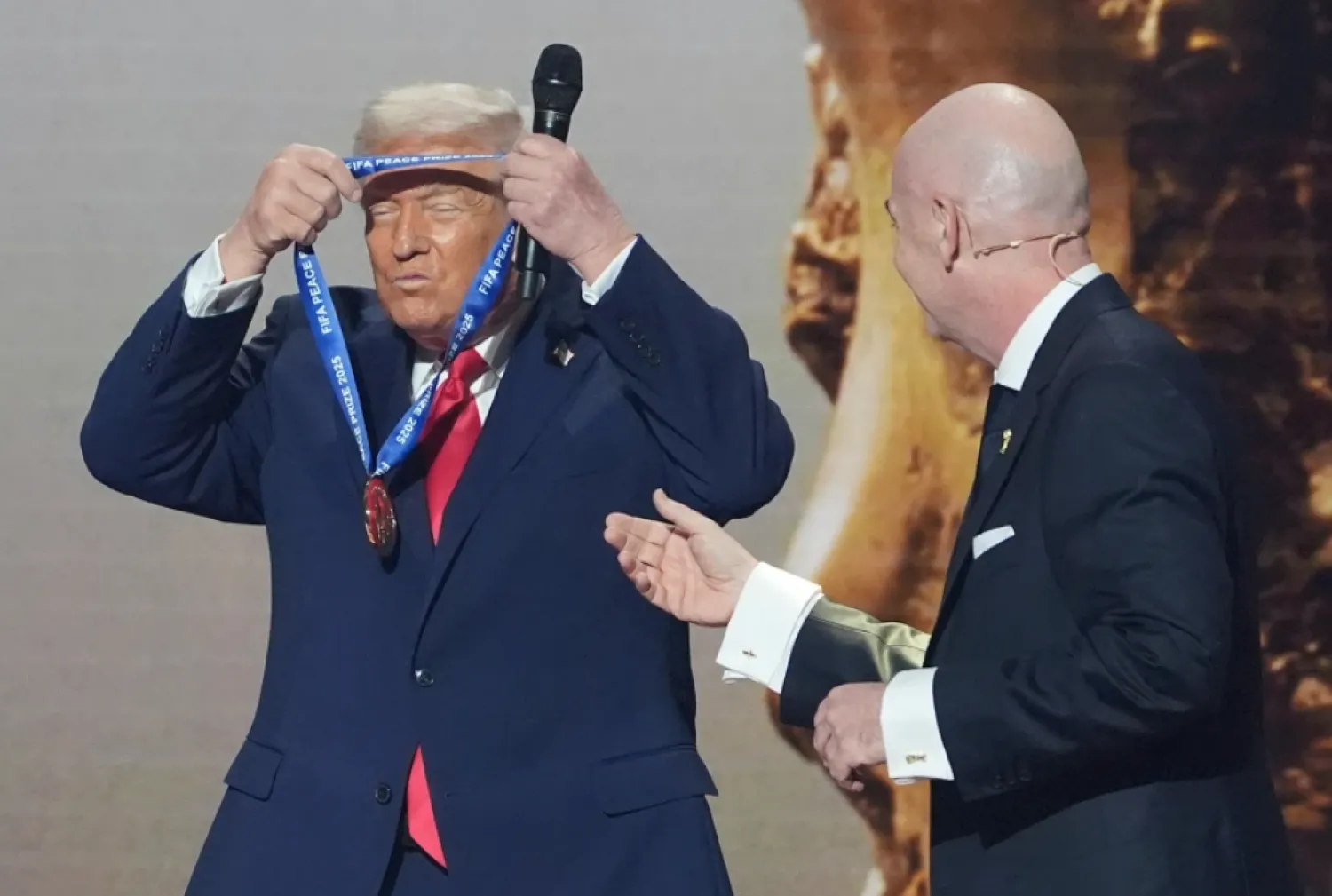Saudi Arabia is pushing towards achieving carbon neutrality by 2060 and developing a green economy.
Skytower Investments, a renewable technology, green manufacturing, supply chain and green power production investment company, is actively seeking new partnerships to advance carbon and green hydrogen technologies.
Such initiatives will bring new economic opportunities to Saudi Arabia.
Skytower Investments predicted Saudi Arabia attracting more investments in upcoming projects, creating opportunities for global companies and boosting job growth. This supports Saudi Arabia’s role as a driver of sustainable growth in the region, with plans underway to foster green economy development.
The investment company has backed a recent agreement between Riyadh and Washington for a transcontinental green trade corridor, aiming to facilitate trade and climate adaptation strategies.
Saudi Arabia is promoting this initiative globally, benefiting neighboring and South Asian countries. It aims to expand green supply chains, green manufacturing, and digital transformation, contributing to a sustainable future.
Hydrogen production is seen as economically valuable for Saudi Arabia, leveraging its abundant natural resources and young, dynamic population.
The Kingdom’s green potential lies in its high-quality silica resources, used for green energy production and advanced manufacturing.
Chairman Neil Bush of Skytower Investments highlighted ongoing efforts to strengthen partnerships and support Saudi Arabia’s economic goals under Vision 2030. This includes promoting green energy, green hydrogen, and carbon economy technologies.
Skytower Investments CEO Eric Fang aligned current efforts with Saudi Arabia’s strategy to support local, regional, and global development, focusing on high-quality job creation in the green industry.
Saudi partner Abdullah bin Zaid Al Mulaifi mentioned rapid progress in introducing green energy and technologies, supporting Saudi Arabia’s goals for green and carbon-neutral energy by 2060.
Skytower Investments plans to invest further in specialized global technologies, collaborating with public and private sectors in the Kingdom.
Green Investments Surge in Saudi Arabia with Circular Economy, Clean Hydrogen Tech

N/A

Green Investments Surge in Saudi Arabia with Circular Economy, Clean Hydrogen Tech

N/A
لم تشترك بعد
انشئ حساباً خاصاً بك لتحصل على أخبار مخصصة لك ولتتمتع بخاصية حفظ المقالات وتتلقى نشراتنا البريدية المتنوعة







